Sometimes when I type up posts, my taste buds kick into high gear, remembering the flavor of the dish. That’s the case here, Proust-like, I remember the piquant taste of the lemon curd filling and the crispy top.
Since I’m not eating desserts these days, it’s with reverence that I recall the lovely mouth-feel of this crostata, and just wish I could have some. This was from a cooking class a several months ago; one I’d forgotten about, so am posting it now.
Update about my diet: As an aside, I’m positively amazed that I’ve been able to not eat a single, solitary sweet thing for the last 2 1/2 months. I don’t crave sweets now (and I sure did in the past), and lucky for me, I can have an ounce of bittersweet chocolate a day. I went cold-turkey on carbs altogether – – and trust me, if this wasn’t working, I wouldn’t be continuing with the diet of zero carbs – except for the few carbs that exist in regular vegetables. Nary a piece of bread, a grain of rice, a bite of potato, a bean (legume), a grain of any kind, a speck of flour, sugar or pasta has passed my lips in the 2 1/2 months. I am able to eat 1/2 cup of fruit a day (berries only). I snack on a specific mix of toasted nuts (without peanuts or cashews, which are both legumes), 1/4 cup mid-morning and another 1/4 cup in the afternoon (if I’m hungry) and mostly I have soup (more cold soups lately) at lunchtime and I make a nice big salad for dinner with some kind of protein on it – maybe chicken, salmon, tuna, hard boiled eggs, or even a hunk of burrata cheese with a tasty salad dressing. Although I can make a more traditional dinner (a piece of grilled meat, for instance, with side vegetables) I’ve found that my weight loss continues at a steadier pace if I make my dinner meal a salad. I vary it with different dressings (just none like blue cheese, ranch or thousand island). I’ve never been a snacker type person after dinner, and I hope every night that when I go to bed my stomach is growling slightly. That means when I get on the scale each morning, it usually shows a weight loss.
If you missed my earlier mention of this diet, I’m following the food plan of Dr. Steven Gundry, a heart surgeon, who wrote the best selling book, The Plant Paradox: The Hidden Dangers in Healthy Foods That Cause Disease and Weight Gain
. It all has to do with wicked lectins, which exist in so many foods (carbs, grains and legumes, even dairy). I didn’t have intestinal issues when I began this diet, but as I read his book, it simply made so much sense to me that I decided to go for it. And I am consistently losing about a pound a week, which is a healthy type of weight loss. I’m not hungry all the time. At my age, I’m content with losing a pound a week. Going out to eat is do-able (salads or fish and a vegetable), although I’ve found that when I do go out, my weight loss slows for a day or two, likely because of salt. If I sweeten my iced tea, I use a stevia product (Truvia or Sweet Leaf), which is okay because it’s derived from a plant, not chemicals. Of course, I’m a family of one, so sticking to this diet is easier, as I simply don’t buy or prepare any carbs. I’ve given away a whole lot of things from my pantry, and will likely continue doing that. If you’re interested in knowing what you can and can’t eat, this LINK will take you to Gundry’s website where he provides a printer-friendly group of pages you can print out (I keep it in my purse).
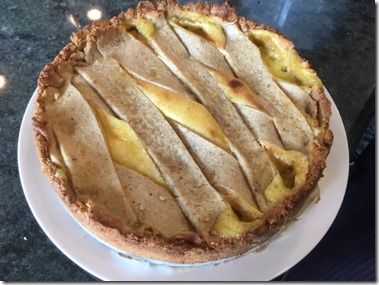 Well, so back to this lovely crostata. It’s made with an almond crust (it does contain some flour), and then you concoct a lemon curd filling. You’ll use a food processor for the crust (easy, really), adding only as much flour to make the dough hold together. It’s flavored with lemon zest and almond extract and does contain a big chunk of butter, which makes the crust kind of shortbread-like. There’s enough to make a bottom crust, and also to add strips to the top, which makes for a really beautiful presentation. The bottom crust needs to be blind baked and cooled.
Well, so back to this lovely crostata. It’s made with an almond crust (it does contain some flour), and then you concoct a lemon curd filling. You’ll use a food processor for the crust (easy, really), adding only as much flour to make the dough hold together. It’s flavored with lemon zest and almond extract and does contain a big chunk of butter, which makes the crust kind of shortbread-like. There’s enough to make a bottom crust, and also to add strips to the top, which makes for a really beautiful presentation. The bottom crust needs to be blind baked and cooled.
The lemon curd is the normal type. You can use this version, or you can make my favorite lemon curd that came from America’s Test Kitchen. It needs to be made enough in advance that it can chill well, then it’s added to the cooled crust and baked again just long enough to get the extra pastry strips browned. Then the crostata is cooled completely on a rack before slicing and serving – along with some sweetened whipped cream and a sprig of mint for decoration.
What’s GOOD: the flavor – but then I love lemon anything – and the pretty presentation. Lots of good flavors in your mouth as you encounter the soft, acidic lemon curd and the crispy crusty bits. Softened by the whipped cream. Divine.
What’s NOT: this does take longer than some to prepare.
printer-friendly PDF and MasterCook 15/16 file (click link to open recipe)
* Exported from MasterCook *
Fresh Lemon Crostata
Recipe By: From a cooking class with Tarla Fallgatter, 2018
Serving Size: 10
CRUST:
3/4 cup whole almonds — toasted and cooled (or more substitute hazelnuts)
1/4 cup all purpose flour
1/2 cup all purpose flour — (yes, added separately)
1 1/4 sticks unsalted butter — cut in cubes, well chilled
1/2 cup sugar
1 large egg
1/2 teaspoon vanilla
1/8 teaspoon almond extract
2 tablespoons lemon zest — grated
1/2 teaspoon salt
FILLING (LEMON CURD):
5 large egg yolks
3/4 cup sugar
1 tablespoon lemon zest
1/2 cup fresh lemon juice
3/4 stick unsalted butter — cut into small pieces
1/8 teaspoon salt
EGG GLAZE:
1 large egg
2 teaspoons water
1 tablespoon sugar
GARNISH:
8 mint leaves — for garnish
Sweetened whipped cream
1. CRUST: Pulse almonds and FIRST amount of flour in food processor until finely ground. Add almost all of the SECOND amount of flour, salt and sugar and pulse again. If dough needs the remaining flour, add it. Try to use as little flour as needed to bring the doughto a ball. Pulse in cold butter, extracts and zest. Pulse in egg until dough forms. Halve the dough and form each into a disk, one just slightly larger than the other. Wrap in plastic wrap and chill until firm.
2. Roll the larger piece of dough between two pieces of parchment paper. Remove top sheet and invert into an 8-inch springform pan lined with parchment. Press over bottom and at least an inch up the sides of the pan. Roll out remaining dough between sheets of parchment. Remove top piece of parchment, then cut dough into ten 1/3″ wide strips. Chill that dough until firm.
3. Preheat oven to 375°F. Line the springform pan with foil and add pie weights and bake until pale golden and edge is golden brown, about 15-20 minutes. Cool shell on a rack.
4. FILLING: Beat egg yolks and 3/4 cup sugar until very thick and trip le in volume. Transfer mixture to a heavy bottomed pan and stir in lemon zest, juice, butter and salt. Cook over medium-low heat, whisking frequently, until lemon curd is thick enough to hold marks on a spoon, about 6 minutes. Transfer lemon curd to a bowl, cover top with plastic wrap so it’s touching the curd, cool and chill.
5. Spread filling in baked pie shell and arrange 5 dough strips one inch apart on top of filling. Arrange remaining 5 strips one inch apart diagonally across strips to form a lattice (of sorts, but not woven over and under). Trim edges. Brush tops with egg wash (egg mixed with water, whisked), then sprinkle top with remaining sugar. Bake crostata until golden and filling is bubbling, 25-30 minutes. Cool completely in the pan, on a rack, for 2 hours. Remove springform sides and completely the cooling. Serve with sweetened whipped cream and garnish with mint leaves.
Per Serving: 452 Calories; 31g Fat (60.6% calories from fat); 7g Protein; 38g Carbohydrate; 2g Dietary Fiber; 198mg Cholesterol; 156mg Sodium.





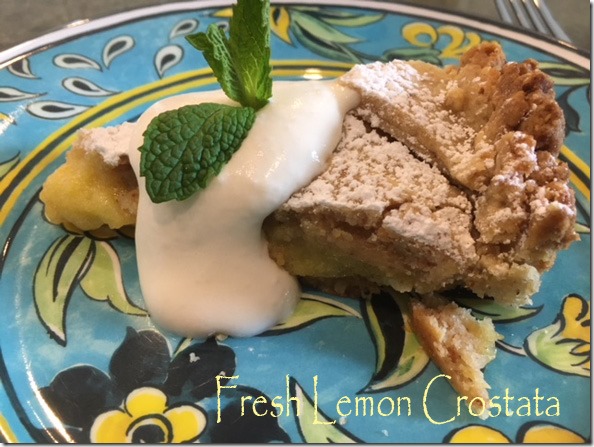

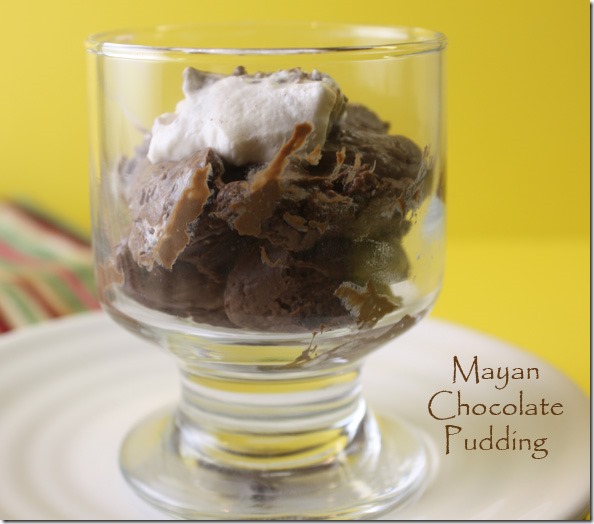
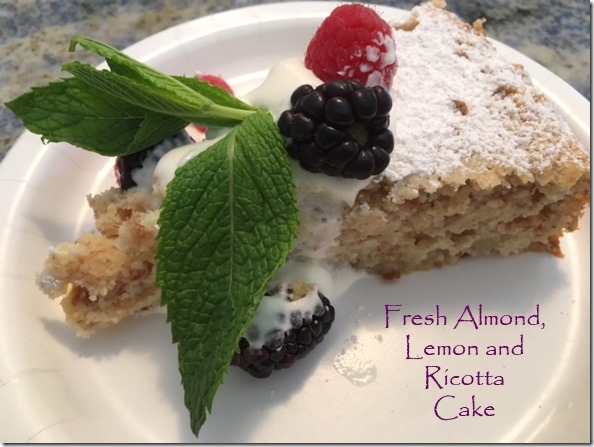
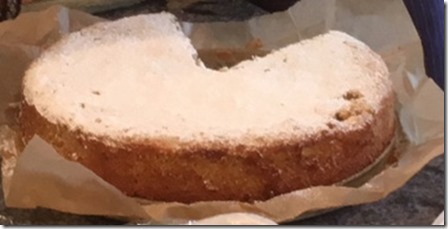
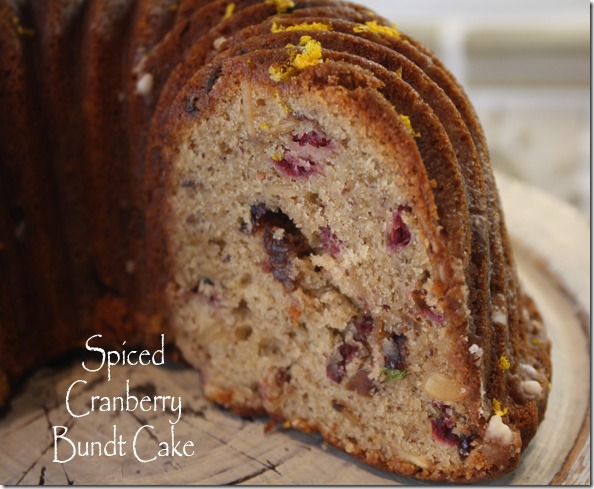
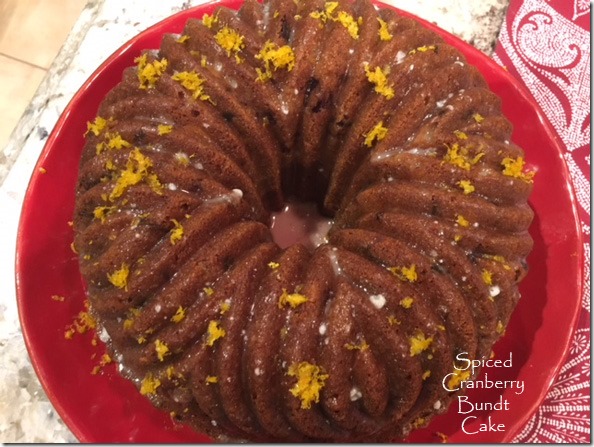
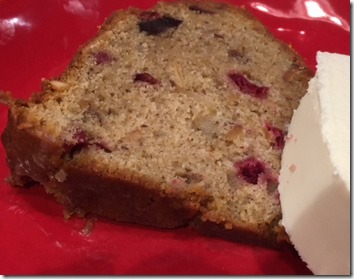
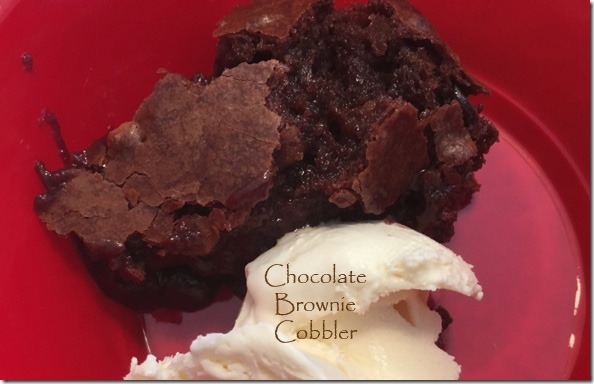
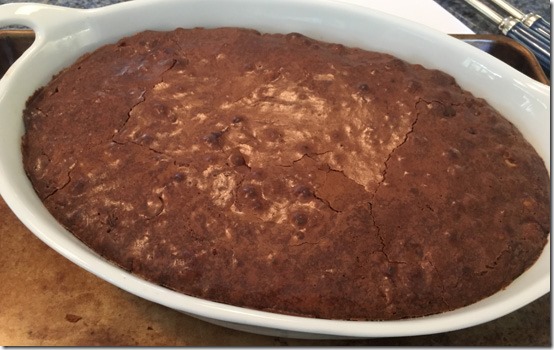
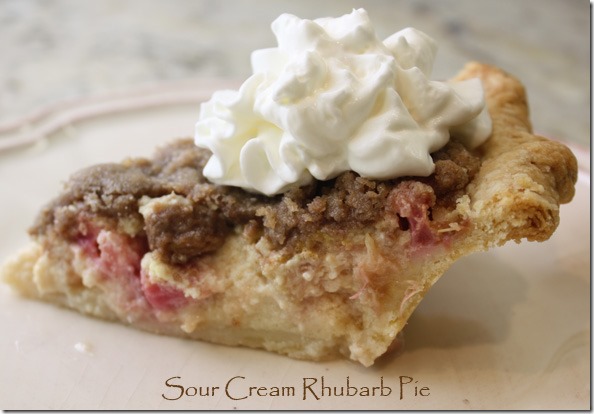
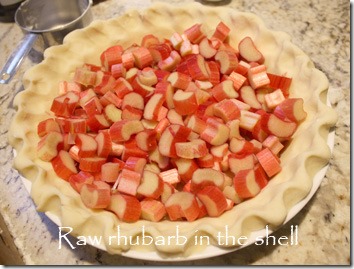
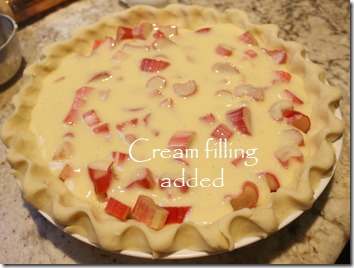
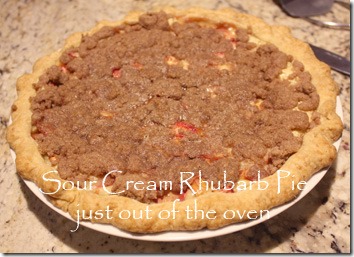
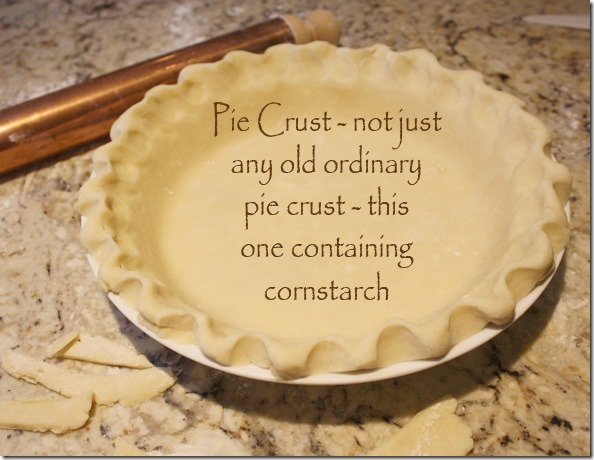
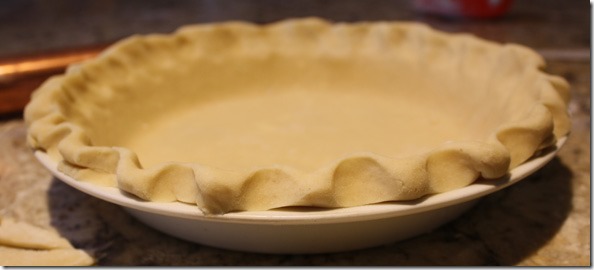
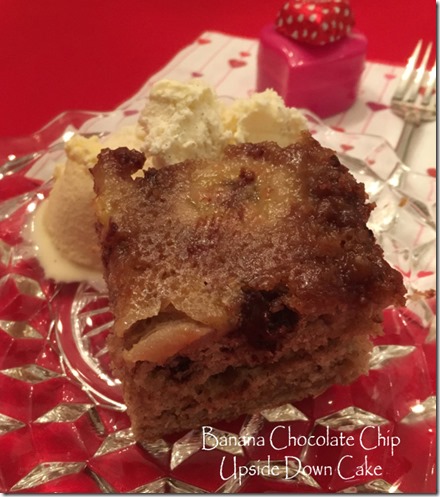
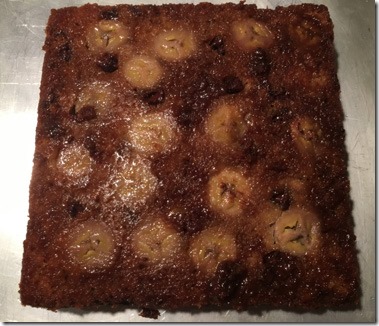
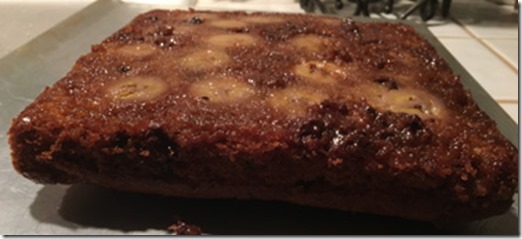
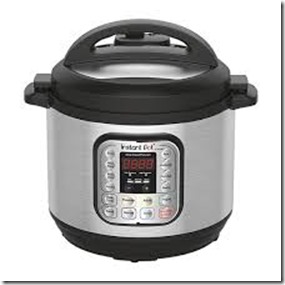
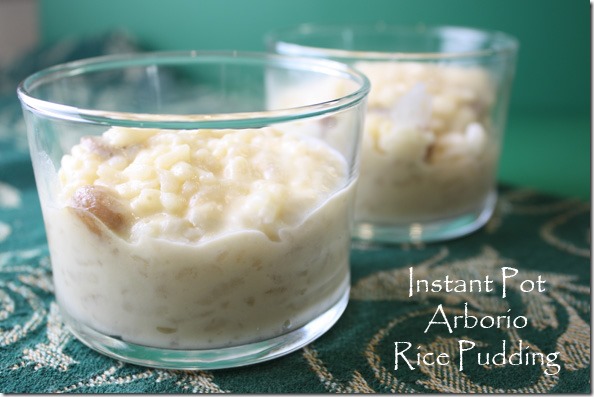
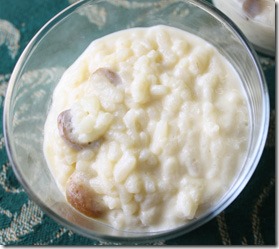
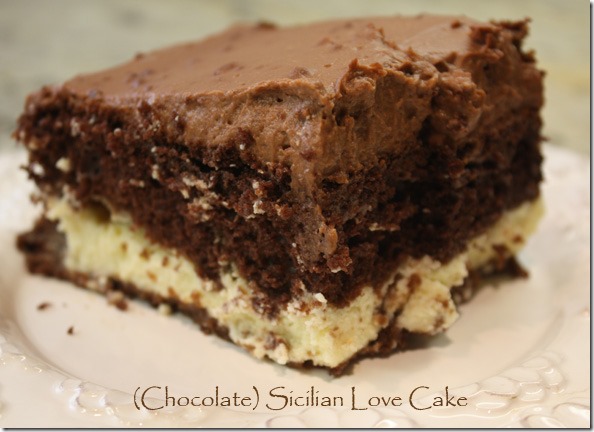
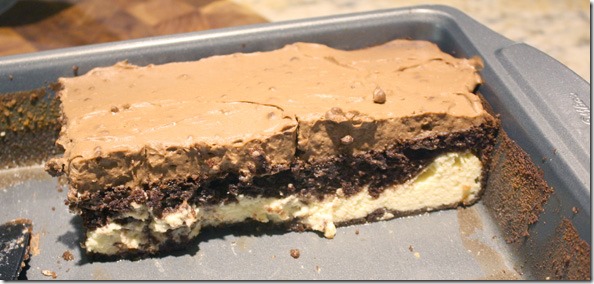
Leave a Comment!